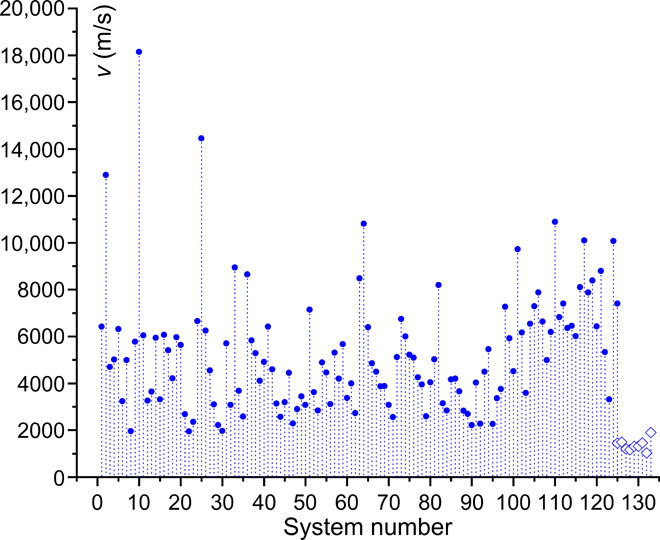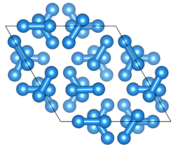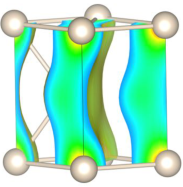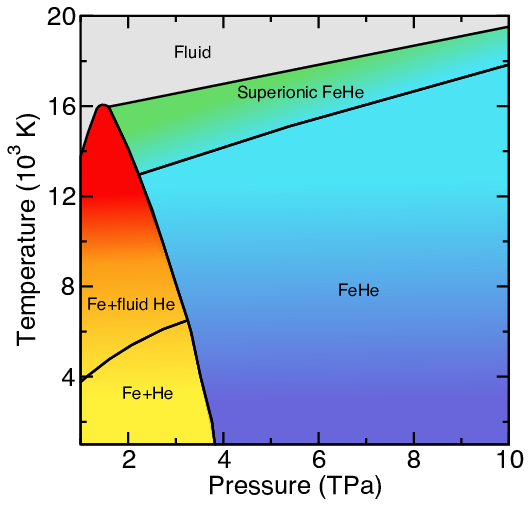High Pressure
Matter under extreme pressures
Matter under the extreme pressures found inside planets and stars behaves in unexpected and exotic ways. The pressures at the center of the Earth are experimentally accessible inside diamond anvil cells, and the pressures in the cores of giant planets such as Jupiter and Saturn can be reached with shock wave experiments. But higher pressures, such as those found inside stars, are well beyond the reach of our laboratory tools, and the only way in which we can study the behaviour of atoms in stars is by solving the equations of quantum mechanics.
In our research, we investigate the physics and chemistry of matter under extreme pressures using quantum mechanics. As an example, we have studied the phase diagram of hydrogen, the most abundant element in the Universe, to explain the properties of the molecular solid phases that are observed experimentally [ Nature Communications ], and to predict that it will become a metal at pressures just above those found at the core of the Earth [ Physical Review Letters ]. We have also studied helium, the second most abundant element in the Universe, to show that under terapascal pressures it becomes a metal [ Physical Review Letters ]. Our helium work has demonstrated that the atmospheres of white dwarf stars are worse heat conductors than previously believed, which has profound implications for our current estimates of the ages of these stars.



